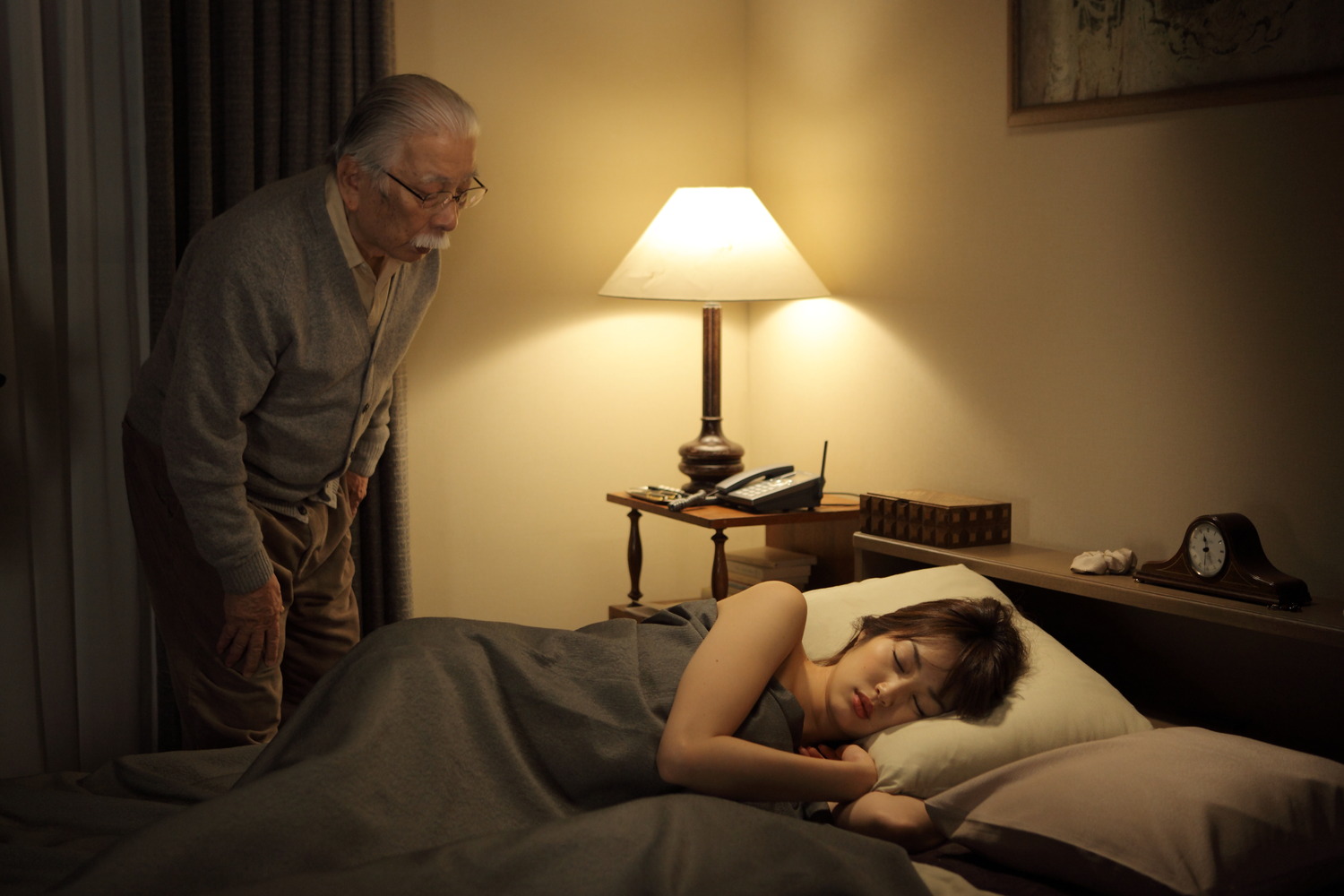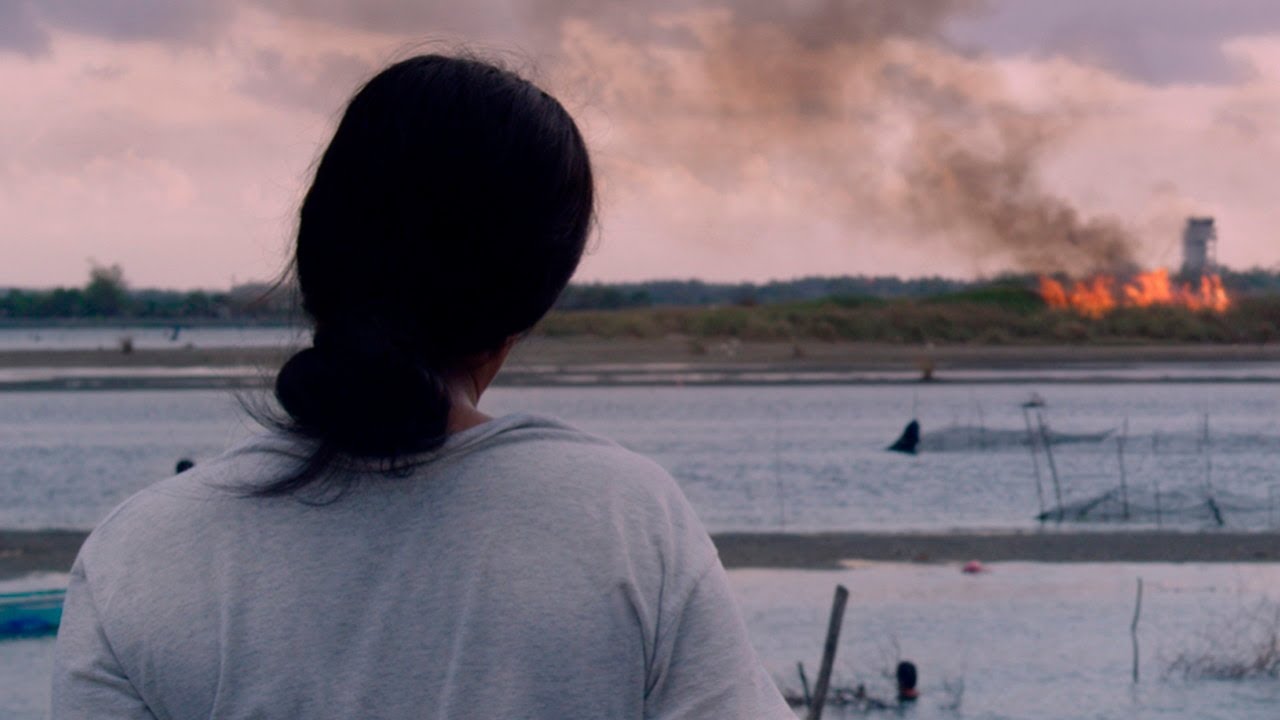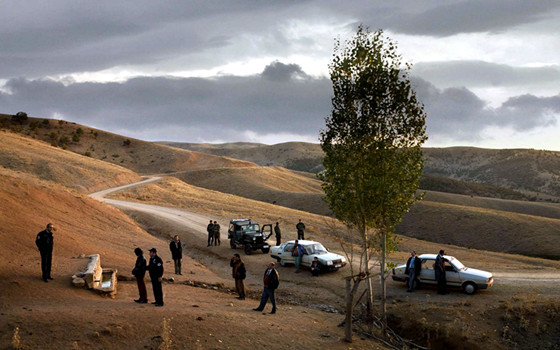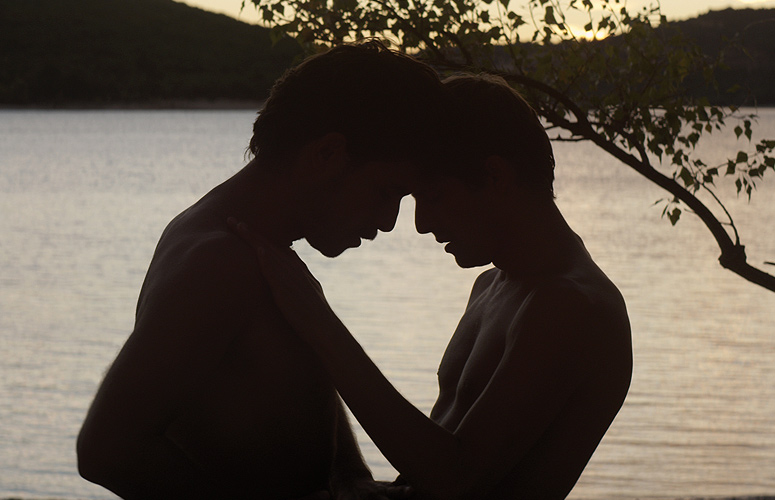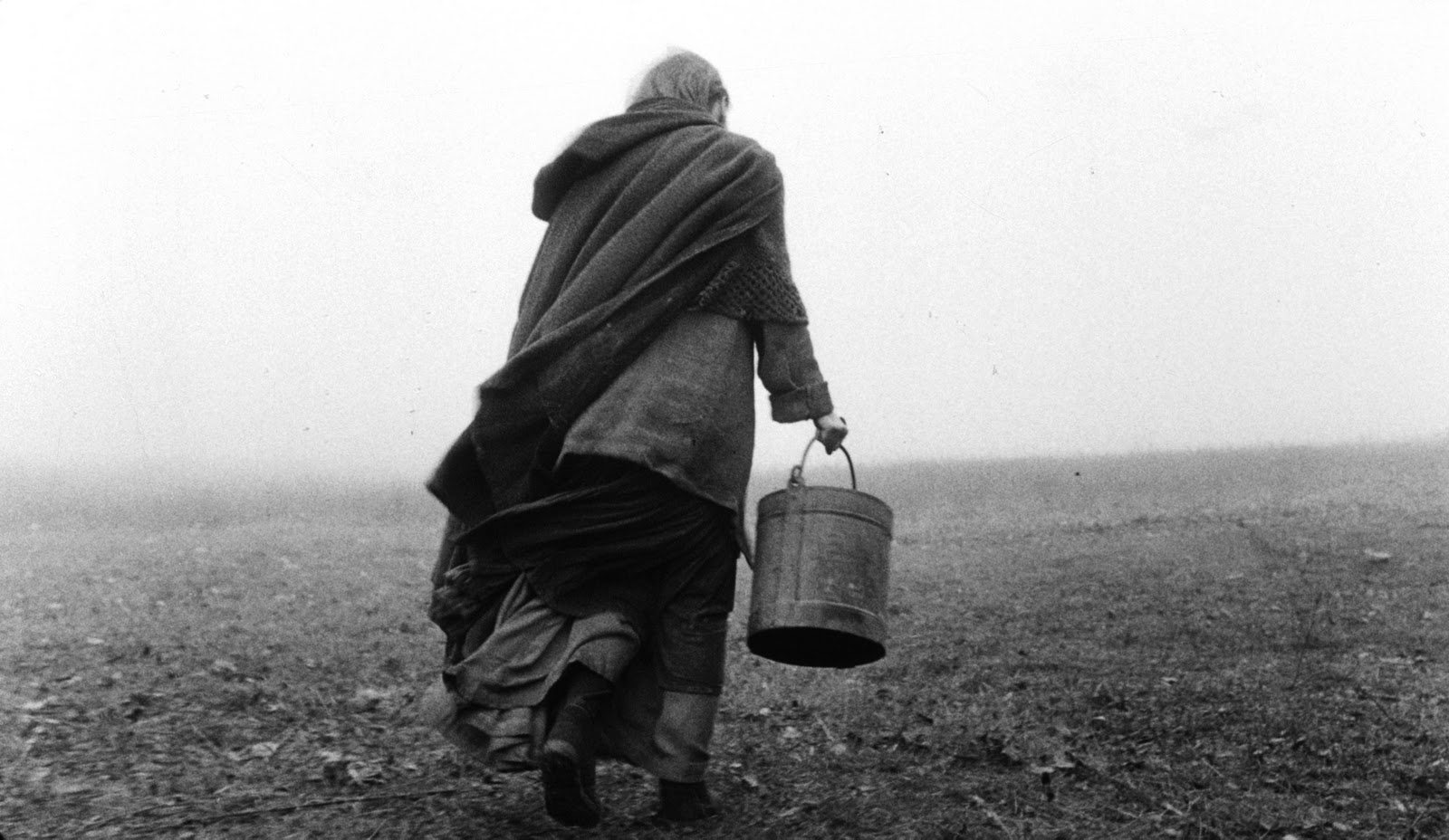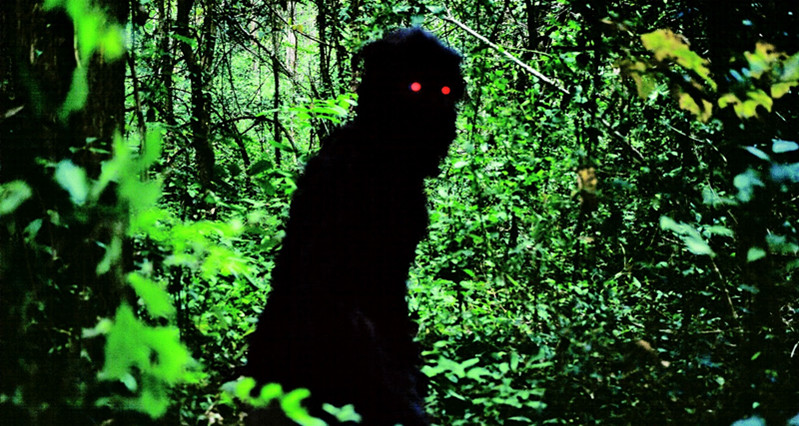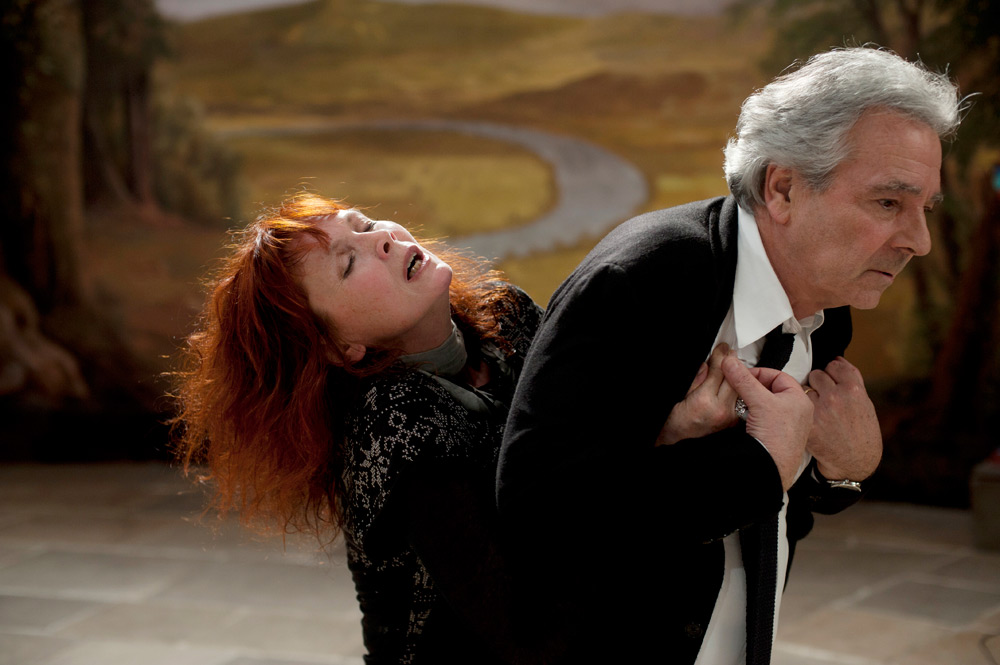8. Like Someone In Love by Abbas Kiarostami (2012, Japan/France)
Master filmmaker Abbas Kiarostami’s second foray into features length narrative filmmaking outside of his native Iran is one of the directors most poignant and concise visions of the effects of human relations both good and bad (the directors first international feature was 2010’s Certified Copy, produced in Italy).
The film follows Akiko, played by RinTakanashi, a sociology student who moonlights as a prostitute who goes out to the suburbs one night to meet an elderly client. After it becomes clear the Takashi, the elderly client, doesn’t want to have sex with Akiko as much as make her dinner and have a conversation, she spends the night and Takashi drives her to school the next morning.
When Takashi meets her overly jealous boyfriend Noriaki he slowly begins to realize that Takashi isn’t Akiko’s grandfather as he had originally presumed.
Kiarostami’s trademark long takes and minimal use of dialogue are on full display here as the filmmaker allows the viewers own interpretation of events to impact their overall feelings on the story rather than forcefully depict what is true and what is not, what are the explicit feelings of the characters and what is deemed as reprehensible by the tone of the story. – Available on Netflix Instant Streaming
9. Norte, the End of History by Lav Diaz (2014, Philippines)
Lav Diaz is at the head of the Contemplative Cinema movement, a loosely grouped movement of films and filmmakers who utilize long takes and minimalistic action in order to allow an outlet for viewers to reflect upon an contemplate anything from the presentation of the material at hand in each film to the cinema itself to anything else that happens to come to mind during that time by giving them the one thing necessary to do such an internal monologue, time.
Clocking in at 4 hours, 10 minutes Norte is actually one of Diaz’s shorter films with a more compact and explicit story about a law student, Fabian, who commits murder and an innocent family man ends up taking the fall for the crime.
Rather than seek out a more conventional structure of justice and retribution, the film doesn’t resolve this dilemma, forcing Fabian to remain free but imprisoned by his own thoughts about morality and the fact that an innocent man has taken the fall for his crimes.
A film that will not only be revered for years to come as a piece of Contemplative Cinema but also a prime example of Diaz’s craft as his recognition continues to grow as well as that of the Southeast Asian New Wave. – Available on Netflix Instant Streaming
10. Once Upon A Time In Anatolia by Nuri Bilge Ceylan (2011, Turkey)
Winner of the Grand Prix at Cannes, Nuri Bilge Ceylan’s film about a group of men who go in search of a body in the rolling hills of Turkey’s Anatolia steppe plays as a commentary on the state of affairs in modern Turkey and its cultural juxtaposition between European modernity and Asiatic tradition.
By utilizing long static shots and sparse dialogue Ceylan paints an aesthetic picture of beauty that serves as the surface for a far more sinister and conflicted background representational of both Turkish society and the applications of cinematic storytelling.
At once both a personal story of loss and grief and a theoretical and aesthetic exercise in the visual representation of a country torn by cultures and identity, Once Upon A Time In Anatolia is an expressive arthouse staple of the decade so far. – Available on Netflix Instant Streaming
11. Post Tenebras Lux by Carlos Reygadas (2012, Mexico)
Unfortunately the only film from Central or South America to make this list, Carlos Reygada’s arthouse rumination on life, death, and the importance of self discovery employs elements of dramatic narrative and avant-garde experimentalism (more structurally than aesthetically) to weave together a tale of a family in rural Mexico and the players that surround the family from a discontent murderer to the devil himself.
The film’s dense structure can be seen as a daunting and intellectually draining exercise but the film is also a beautiful and complex examination of not only what it means to be a family but also to have personal belief and identity in a world that is highly out of ones own control. – Available on Netflix Instant Streaming
12. Stranger By the Lake by Alain Guiraudie (2013, France)
Alain Guiraudie’s restrained and explicit thriller Stranger By the Lake is one of the best examinations of sexual identity as well as dramatic and gripping storytelling of the decade up to this point.
Following Franck (Pierre Deladonchamps) as he navigates a cruising spot in rural France, a secluded lake surrounded by woods where men go to have anonymous relations with each other, he one day accidentally witnesses a murder by Michel (CristophePaou) whom he has grown infatuated with. What follows is a high tension yet cinematically controlled representation of the power of love and identification.
The frequent use of long two-shots during conversation allows the viewer to create a physical and theoretical space between the characters and setting that all plays into Franck’s own obsessions and needs as he discovers who he really is during that summer at the lake. – Available on Netflix Instant Streaming
13. The Turin Horse by BelaTarr (2011, Italy/Hungary/Switzerland)
BelaTarr’s final film The Turin Horse is not only the best film so far this decade but of the 2000’s in general.
The film opens on a black screen with a narrator (Tarr himself) retelling one of the most commonly believed tales of Frederich Nietzsche’s death where he saw a cab driver whipping a stubborn horse in the middle of the street and went up and threw his arms around the horse so he would stop beating the animal.
Tarr’s film picks up with that very driver and horse later that day as they head home to a rural cottage in the planes outside of Turin, Italy. Taking place in that cabin over the following six days, the film follows the horse, driver, and his daughter as they navigate their poor rural life as an impending sand storm moves their way.
Metaphorical for any number of interpretations, the film serves as a culmination of Tarr’s cinematic ideas throughout his career and offers viewers an extended study of philosophical conundrums as put into cinematic language. The six-minute opening shot of a swirling camera gliding around the horse and driver is worth the price of admission alone. – Available on Netflix Instant Streaming
14. Uncle Boonmee Who Can Recall His Past Lives by Apitchatpong Weerasethakul (2010, Thailand)
Winner of the Palme d’Or at Cannes in 2010, Apitchatpong Weerasethakul (who also goes by the name ‘Joe’) became the spearhead of the Southeast Asian New Wave with this spiritual and mystical observation of Buddhist tendencies and the power of reincarnation.
The use of social and religious theologies as an examination of one family’s purpose in life and the power of those who aren’t there anymore creates a story about the state of Thailand and its people just as much as about the process of reincarnation in Buddhism.
The title character explores his past lives and is surrounded by his family including his deceased wife and lost son who appears in the form of a catfish while on his deathbed, a process that is ultimately life affirming and resolute for the uncle as he struggles with coming to terms with those he is leaving behind. – Available on Netflix Instant Streaming
15. You Ain’t Seen Nothin’ Yet by Alain Resnais (2012, France)
The French New Wave great Alain Resnais’s final film is an examination of growing older, what it means to be an actor/artist, and the power of youthful nostalgia juxtaposed with elderly wisdom and scope.
The film follows a group of friends/actors who all at one point in time appeared in deceased playwright Antoine d’Anthac’s Eurydice as they are gathered together to watch a modern recording of the play by the young acting troupe La Compagnie de la Colombe.
As they are viewing the play they become enamored with their own memories of acting in the play and begin to perform the play again themselves even though the age of their character doesn’t fit that of the play.
A rumination on the power of the theater as well as on that of the power of acting, You Ain’t Seen Nothin’ Yet is a highly fitting swan song for an individual whose own life’s work was mired in the exploration of memory and personal associations of time.
An interesting double feature with Roman Polanski’s Venus In Fur (2013), both films explore memory specifically in terms of stage acting the representation of the audience to theatrical musings and perceived reality in an ultimately fabricated setting. – Available on Netflix Instant Streaming
Author Bio: Ian Cahoon is a Film Studies student at Towson University who is actively involved in the Baltimore film community. He sometimes updates his blog http://ianlcahoon.wordpress.com but wishes to start updating it more.
